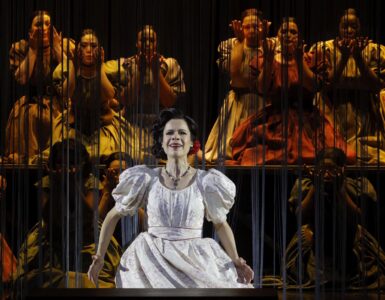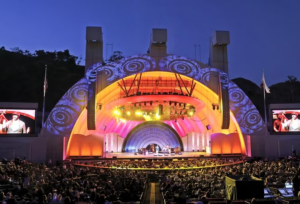
The team of researchers and art experts at the Getty Museum in Los Angeles have collaborated with officials in Türkiye to arrange the return of this valuable and historical object – rare archaeological artifact – to its homeland.
Pictured above: Funerary Couch, Lydian or East Greek, about 530 BCE. Bronze, iron, copper, and linen; 187.5 cm x 75 cm x 40 cm (29 1/2 x 73 13/16 x 15 3/4 in.). Formerly J. Paul Getty Museum, inventory no. 82.AC.94.
From the press release:
The J. Paul Getty Museum and the Turkish Ministry of Culture and Tourism have announced the return to the Republic of Türkiye of an ancient bronze funerary couch dating back to ca. 530 BCE.
The object was acquired in 1982 from a Swiss dealer who provided false provenance indicating the piece had been in European collections since the 1920s. Research conducted by the Turkish Ministry of Culture and Tourism and the J. Paul Getty Museum determined this claim was false and that the artifact was illicitly excavated in the early 1980s from an ancient tomb in the region of modern-day Manisa. Fragments of linen adhering to the object match others remaining in the tomb that were subsequently recovered by Turkish archaeologists along with fragments of wood and bronze sheet and the remains of marble and ceramic vessels that helped date the tomb.
“With this return, we are pleased to bring to a conclusion a long-running investigation of the couch’s origins by Turkish and American scholars,” said Timothy Potts, Maria Hummer-Tuttle and Robert Tuttle Director of the Getty Museum. “Their research helped recover the archaeological and historical context for this exceptional object, while Getty conservators analyzed its materials and manufacturing technique.”
I believe that each return of cultural property illegally removed from its lawful place sends a strong message to traffickers. The bronze couch is a rare archaeological artifact that was unlawfully taken from its home. Thanks to the renewed dialogue between Türkiye and the Getty Museum, it will now be preserved where it belongs. Better protection of cultural heritage can only be achieved through mutual understanding, and by rectifying past actions.”
Gökhan Yazgı, Deputy Minister of Culture and Tourism.
The couch, or kliné—a day bed used for banqueting—is a rare surviving example of ancient luxury furniture otherwise known largely from depictions in other media, such as frescoed walls and painted pottery. With legs and rails of cast bronze over an iron framework, and perforated copper sheets riveted together and wrapped around iron rail cores, the metal couch replicates more common wooden ones with turned legs, projecting tenons at the corners, and a latticed surface that once supported cushions. Decorative details such as incised lotus friezes and rosettes suggest Lydian or East Greek manufacture.
Getty Museum Director Timothy Potts added: “We seek to continue building a constructive relationship with the Turkish Ministry of Culture and with our archaeological, conservation, curatorial, and other colleagues working in Türkiye, with whom we share the common mission to advance the preservation of ancient cultural heritage.”
Yazgı added: “Türkiye and the Getty Museum may hold differing positions on the matter of return and restitution. However, the announcement today can be seen as a sign of closer cooperation in the future toward the shared goal of combating the illicit trafficking of antiquities. I believe both sides are now much closer to understanding each other’s perspectives.”
About the Getty:
The Getty is a leading global arts organization committed to the exhibition, conservation, and understanding of the world’s artistic and cultural heritage. Based in Los Angeles, Getty’s Foundation, Conservation Institute, Museum, and Research Institute work collaboratively with partners around the world. Getty shares art, knowledge, and resources online at Getty.edu and welcomes the public for free at its Getty Center and the Getty Villa.
The J. Paul Getty Museum collects Greek and Roman antiquities, European paintings, drawings, manuscripts, sculpture and decorative arts to 1900, as well as photographs from around the world to the present day. The Museum’s mission is to display and interpret its collections, and present important loan exhibitions and publications for the enjoyment and education of visitors locally and internationally. This is supported by an active program of research, conservation, and public programs that seek to deepen our knowledge of and connection to works of art.







Fascinating. Thanks for this important coverage.